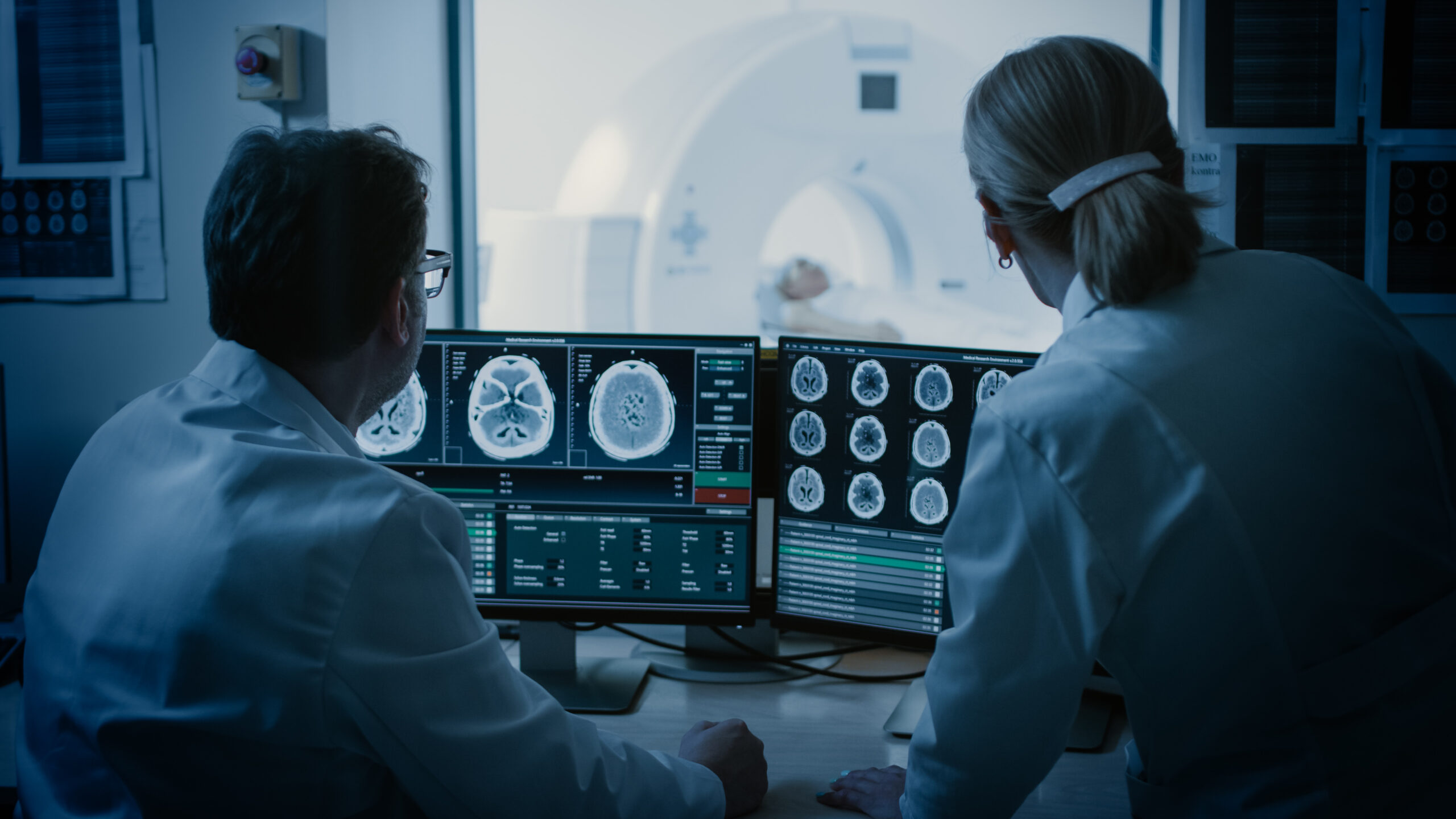A Misunderstood Specialty
When people think about radiology, they often picture someone in a dark room, staring at screens, quietly interpreting X-rays, CT scans, and MRIs. And while that’s certainly part of what we do, it barely scratches the surface. Radiology is often seen as a behind-the-scenes specialty—technical, quiet, distant from patients. But that image doesn’t reflect the reality I’ve come to know in my years as a radiologist, leader, and educator.
Radiology is far more than just reading scans. It’s a deeply human practice, rooted in communication, trust, and collaboration. Behind every image is a person—a story, a family, a fear, a hope. That’s something I remind myself of every single day.
Every Scan Tells a Story
One of the most humbling things about being a radiologist is that we are often the first to see something no one else can. A tiny lesion on a liver. A subtle fracture in a hip. A spot in the lung that wasn’t there last year. These aren’t just pixels on a screen—they’re clues to a person’s health, clues that help guide life-altering decisions.
Behind each scan is a patient who may be in pain, scared, or looking for answers. That weight isn’t lost on me. It’s a responsibility we carry quietly but with conviction. Our job isn’t just about identifying abnormalities; it’s about providing clarity in moments of uncertainty. It’s about helping patients and their doctors move forward with a plan.
I’ve never seen radiology as being “removed” from patient care. If anything, we’re often the ones helping shape the first major step in a patient’s journey—from diagnosis to treatment and beyond.
The Art of Collaboration
Good medicine is never done in isolation. That’s especially true in radiology. Our work is closely tied to surgeons, oncologists, emergency physicians, primary care doctors—you name it. We may not always be in the exam room with the patient, but we’re an integral part of the care team.
Some of the most rewarding moments in my career have come from those interdisciplinary collaborations. I’ve had conversations with orthopedic surgeons deciding how best to repair a complex fracture, or oncologists determining the stage of a cancer. In those moments, our input can change the course of care.
These collaborations go beyond sharing information—they build trust between specialties. Radiology plays a critical role in making sure every member of the care team is looking at the same picture—literally and figuratively.
Communication Is a Clinical Skill
One of the biggest misconceptions about radiologists is that we don’t interact with people. The truth is, communication is at the heart of what we do. It may look different than in other specialties, but it’s no less important.
We communicate through our reports—documents that must be clear, precise, and actionable. We talk with referring physicians, often in high-pressure situations where time matters. And in interventional radiology and other subspecialties, we’re talking directly to patients, explaining procedures, outcomes, and risks.
Even when we don’t see the patient face-to-face, we must always consider the human context. I try to write every report as if the patient were my family member. What would I want the treating physician to know? What clarity can I bring to a stressful moment?
The more thoughtful and intentional we are in how we communicate, the better care the patient receives.
Bringing Empathy Into the Reading Room
The reading room can be a fast-paced environment. We’re often moving through dozens of studies in a single shift. But that doesn’t mean we can’t lead with empathy. In fact, I believe it’s essential.
Empathy starts with recognizing that the images on our screens are only one part of the story. That 45-year-old woman with abdominal pain? She might be a mom trying to get back to work and care for her family. That teenager with a knee injury? They may be terrified of missing their sports season—or worse, facing surgery.
Even when we don’t meet the patient, our mindset matters. Empathy helps us stay grounded and focused. It reminds us to take an extra moment to double-check, to ask a follow-up question, to call the referring provider when something doesn’t add up.
Radiology done with empathy leads to better outcomes, more trust, and a higher standard of care.
Technology Is Evolving, But the Human Role Remains
AI and machine learning are making headlines in radiology, and for good reason. These tools have the potential to enhance accuracy, reduce burnout, and streamline workflow. But no matter how advanced the technology becomes, the human side of radiology will always matter.
Machines can detect patterns, but they can’t understand context the way we do. They can’t weigh uncertainty or consider how one finding fits into a broader clinical picture. Most importantly, they can’t bring compassion to a diagnosis.
As we move forward into this next era of imaging, I’m excited by the potential of technology—but I’m also steadfast in my belief that radiologists must remain visible, engaged, and patient-centered.
Why It Still Matters to Me
After years in this field, I’m still just as passionate about radiology as I was when I began. Not because of the technology, or even the diagnostic challenge—though both are fascinating—but because of the people. The patients. The stories. The moments when we can make a difference, even if it’s behind the scenes.
Radiology is a quiet specialty in many ways, but its impact is loud and lasting. We may not always be in the spotlight, but we are at the heart of modern medicine.
To anyone who sees radiology as just “reading scans,” I’d invite them to take a deeper look. Because at its core, this is a field filled with heart, humanity, and hope.
And that’s something I’ll never stop being proud to be part of.
